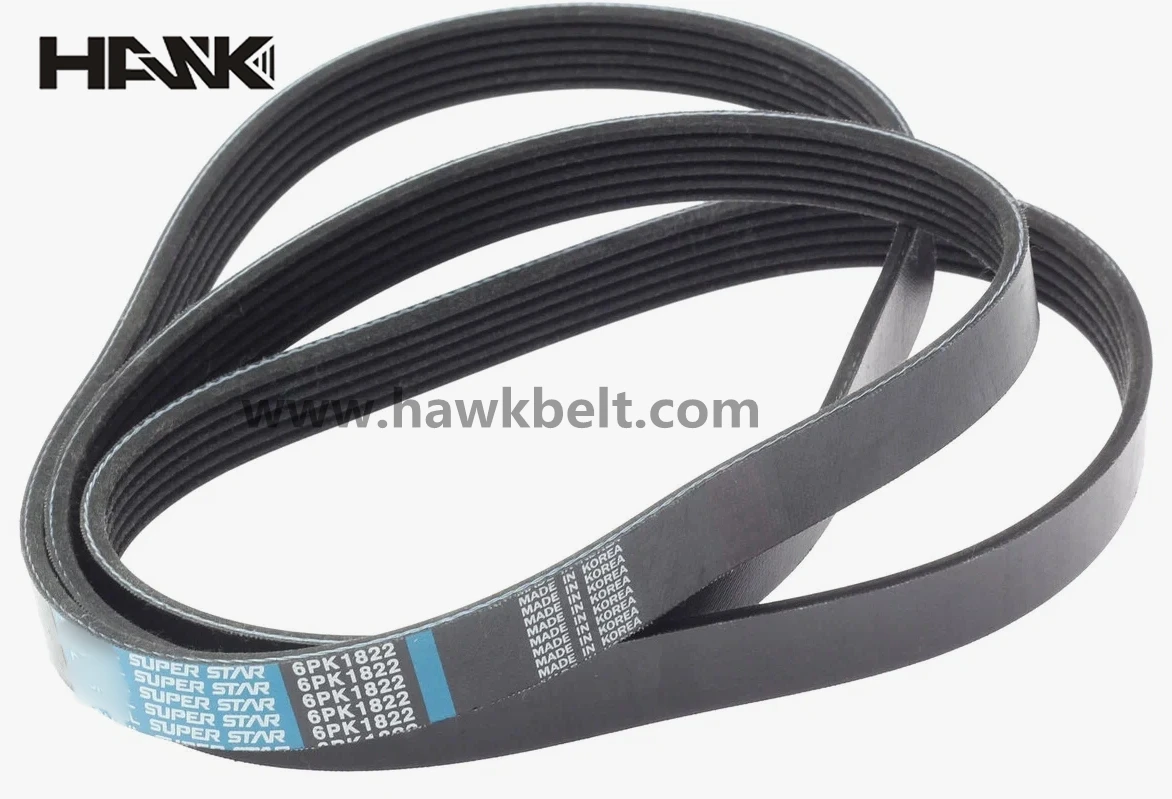- Arabic
- French
- Russian
- Spanish
- Portuguese
- Turkish
- Armenian
- English
- Albanian
- Amharic
- Azerbaijani
- Basque
- Belarusian
- Bengali
- Bosnian
- Bulgarian
- Catalan
- Cebuano
- Corsican
- Croatian
- Czech
- Danish
- Dutch
- Afrikaans
- Esperanto
- Estonian
- Finnish
- Frisian
- Galician
- Georgian
- German
- Greek
- Gujarati
- Haitian Creole
- hausa
- hawaiian
- Hebrew
- Hindi
- Miao
- Hungarian
- Icelandic
- igbo
- Indonesian
- irish
- Italian
- Japanese
- Javanese
- Kannada
- kazakh
- Khmer
- Rwandese
- Korean
- Kurdish
- Kyrgyz
- Lao
- Latin
- Latvian
- Lithuanian
- Luxembourgish
- Macedonian
- Malgashi
- Malay
- Malayalam
- Maltese
- Maori
- Marathi
- Mongolian
- Myanmar
- Nepali
- Norwegian
- Norwegian
- Occitan
- Pashto
- Persian
- Polish
- Punjabi
- Romanian
- Samoan
- Scottish Gaelic
- Serbian
- Sesotho
- Shona
- Sindhi
- Sinhala
- Slovak
- Slovenian
- Somali
- Sundanese
- Swahili
- Swedish
- Tagalog
- Tajik
- Tamil
- Tatar
- Telugu
- Thai
- Turkmen
- Ukrainian
- Urdu
- Uighur
- Uzbek
- Vietnamese
- Welsh
- Bantu
- Yiddish
- Yoruba
- Zulu
Oct . 19, 2024 22:51 Back to list
belt drive fan
Understanding Belt Drive Fans A Comprehensive Overview
Belt drive fans are a vital component in various industrial and commercial applications, providing efficient airflow and temperature regulation. This article will explore the mechanics, benefits, and applications of belt drive fans, offering a comprehensive understanding of their significance in modern systems.
What is a Belt Drive Fan?
A belt drive fan operates using a motor to turn a belt connected to the fan's blade. The motor drives a pulley, which then moves the belt. As the belt rotates, it transfers the motion to another pulley attached to the fan blades, causing them to spin and generate airflow. This indirect connection allows for greater flexibility in fan placement and the ability to adjust fan speed by altering pulley sizes.
Components of a Belt Drive Fan System
The main components of a belt drive fan system include
1. Motor The primary power source that drives the fan. Motors can vary in size and type, from electric to gas-powered engines.
2. Belt A flexible loop made of rubber or a similar material. It connects the motor to the fan via pulleys, allowing for motion transfer.
3. Pulleys Circular components that guide the belt and change the direction of motion. Pulleys can come in different sizes, which directly affect the fan’s RPM (revolutions per minute).
4. Fan Blades The part of the system that moves air. The design and material of the blades can significantly impact airflow efficiency and noise levels.
5. Housing The structural framework that contains the fan and motor. It can protect components from debris and improve operational safety.
Benefits of Belt Drive Fans
Belt drive fans offer several advantages over direct-drive fans, making them a popular choice in various applications
belt drive fan

1. Speed Variability By simply changing the pulley sizes, users can easily adjust the fan speed without needing to replace the entire motor. This flexibility allows for better control over airflow in different scenarios.
2. Reduced Motor Wear Since the motor is not directly connected to the fan blades, there is less strain on the motor during operation. This setup can lead to longer motor life and reduced maintenance costs.
3. Vibration Isolation Belt-driven systems more effectively dampen vibrations from the fan, resulting in quieter operation. This feature is particularly beneficial in settings where noise control is crucial, such as libraries or hospitals.
4. Placement Versatility The separation of the motor from the fan blades allows for more flexible installation options. The motor can be placed further away or in a different location, enabling better design in limited space environments.
Applications of Belt Drive Fans
Belt drive fans are used in numerous industries and settings, including
1. HVAC Systems Heating, ventilation, and air conditioning systems heavily rely on belt drive fans to circulate air and maintain temperature control in buildings.
2. Industrial Processes Manufacturing and processing plants use these fans for cooling equipment, exhausting fumes, and maintaining air quality in their environments.
3. Agricultural Applications Farmers use belt drive fans in poultry farms, greenhouses, and other agricultural setups to ensure proper ventilation and temperature regulation for their livestock and crops.
4. Automotive and Aerospace These fans are commonly found in engine cooling systems and wind tunnels, where managing airflow is critical for performance and testing.
Conclusion
Belt drive fans are indispensable in countless applications, providing effective solutions for airflow management and temperature control. Their unique advantages, such as speed adjustability, reduced wear on motors, and versatile placement options, make them an ideal choice for many industries. Understanding these systems' mechanics and benefits helps organizations optimize their operations, ensuring efficiency and reliability in their processes. As technology continues to evolve, belt drive fans will undoubtedly adapt, maintaining their essential role in modern engineering and design.
-
Korean Auto Parts Timing Belt 24312-37500 For Hyundai/Kia
NewsMar.07,2025
-
7PK2300 90916-T2024 RIBBED BELT POLY V BELT PK BELT
NewsMar.07,2025
-
Chinese Auto Belt Factory 310-2M-22 For BMW/Mercedes-Benz
NewsMar.07,2025
-
Chinese Auto Belt Factory 310-2M-22 For BMW/Mercedes-Benz
NewsMar.07,2025
-
90916-02660 PK Belt 6PK1680 For Toyota
NewsMar.07,2025
-
drive belt serpentine belt
NewsMar.07,2025

